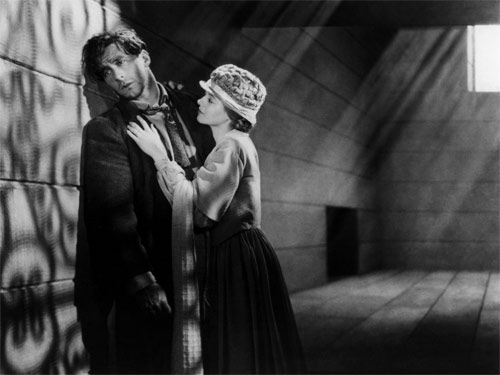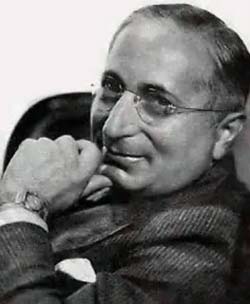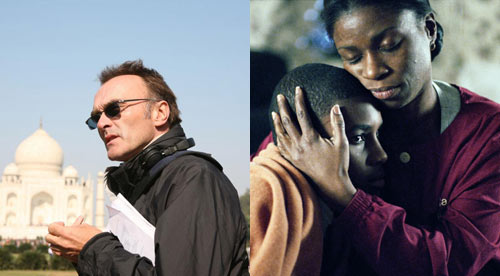Visit Daily Plastic tonight to follow and participate in our live commentary of the Oscar broadcast. We promise no remarks on fashion or hair, except in extreme circumstances.
Plastic Podcast
The venerable and exceedingly intermittent Plastic Podcast, which has outlived the two blogs with which it was intertwined, and whose audio archives were difficult to ...
Recent Reviews
Recent Posts
The Plastic Podcast
An audio program about movies. Listen with your iPod or computer.
Plastic Podcast

The venerable and exceedingly intermittent Plastic Podcast, which has outlived the two blogs with which it was intertwined, and whose audio archives were difficult to ...
Other Recent Podcasts
Archive
Feeds
About
Daily Plastic is a Chicago-based movie blog, a collaboration between Robert Davis and J. Robert Parks, the same pair who brought you the wearable movie tote, the razor-thin pencil pocket, and that joke about aardvarks. If you know the whereabouts of the blue Pontiac Tempest that was towed from the Plastic Parking Lot on the evening of August 7th, 2008, or more importantly if you've recovered the red shoebox that was in its trunk, please contact us at your earliest convenience.
Davis was the chief film critic for the late, great Paste Magazine (which lives on now as a website) from 2005 through 2009, and he counts this interview with Claire Denis among his favorite moments. Every once in a while he pops up on Twitter. He's presently sipping puerh in Chicago, even at this hour. Meanwhile, Parks, whose work has appeared in TimeOut Chicago, The Hyde Park Herald, and Paste, is molding unsuspecting, college-aged minds in the aforementioned windy city. Media types are warned to stay clear of his semester-sized field of influence because of the distorting effects that are likely to develop.
The © copyright of all content on Daily Plastic belongs to the respective authors.





